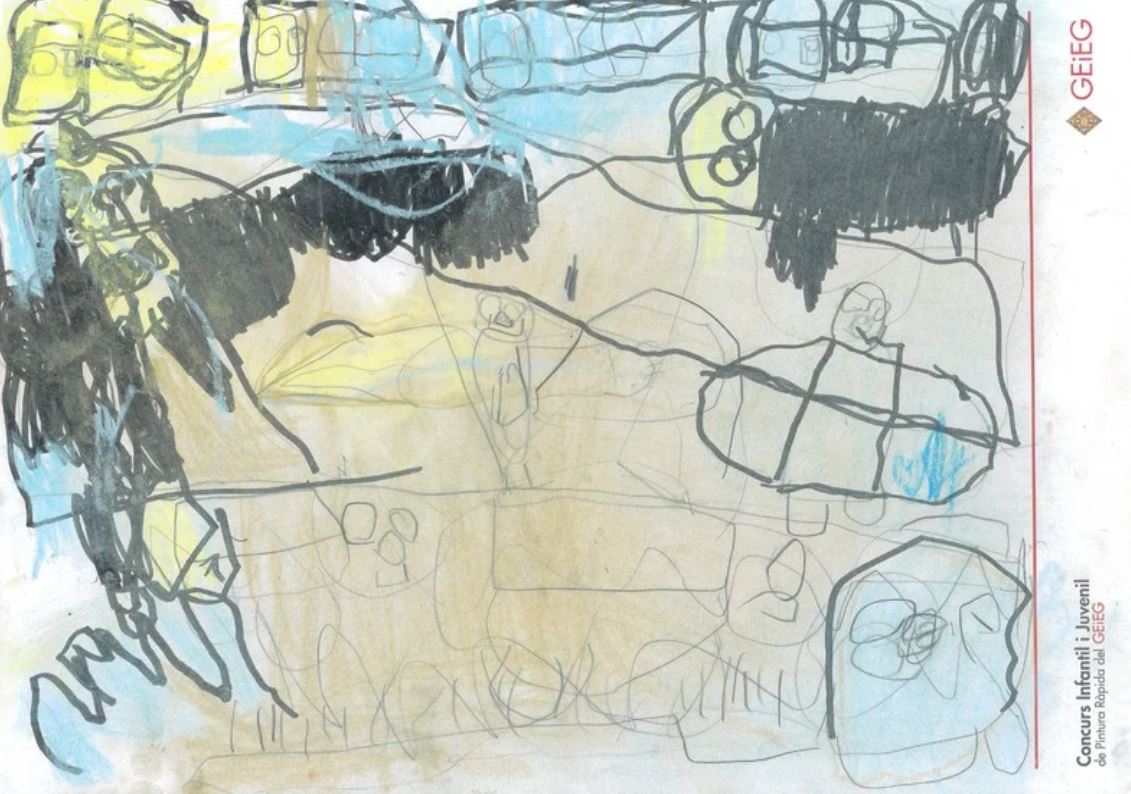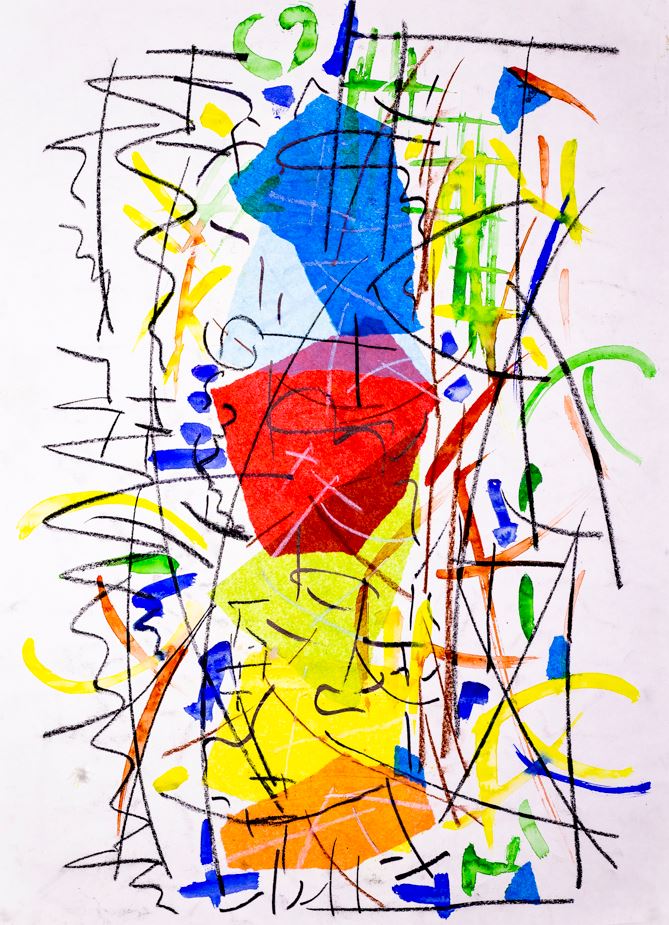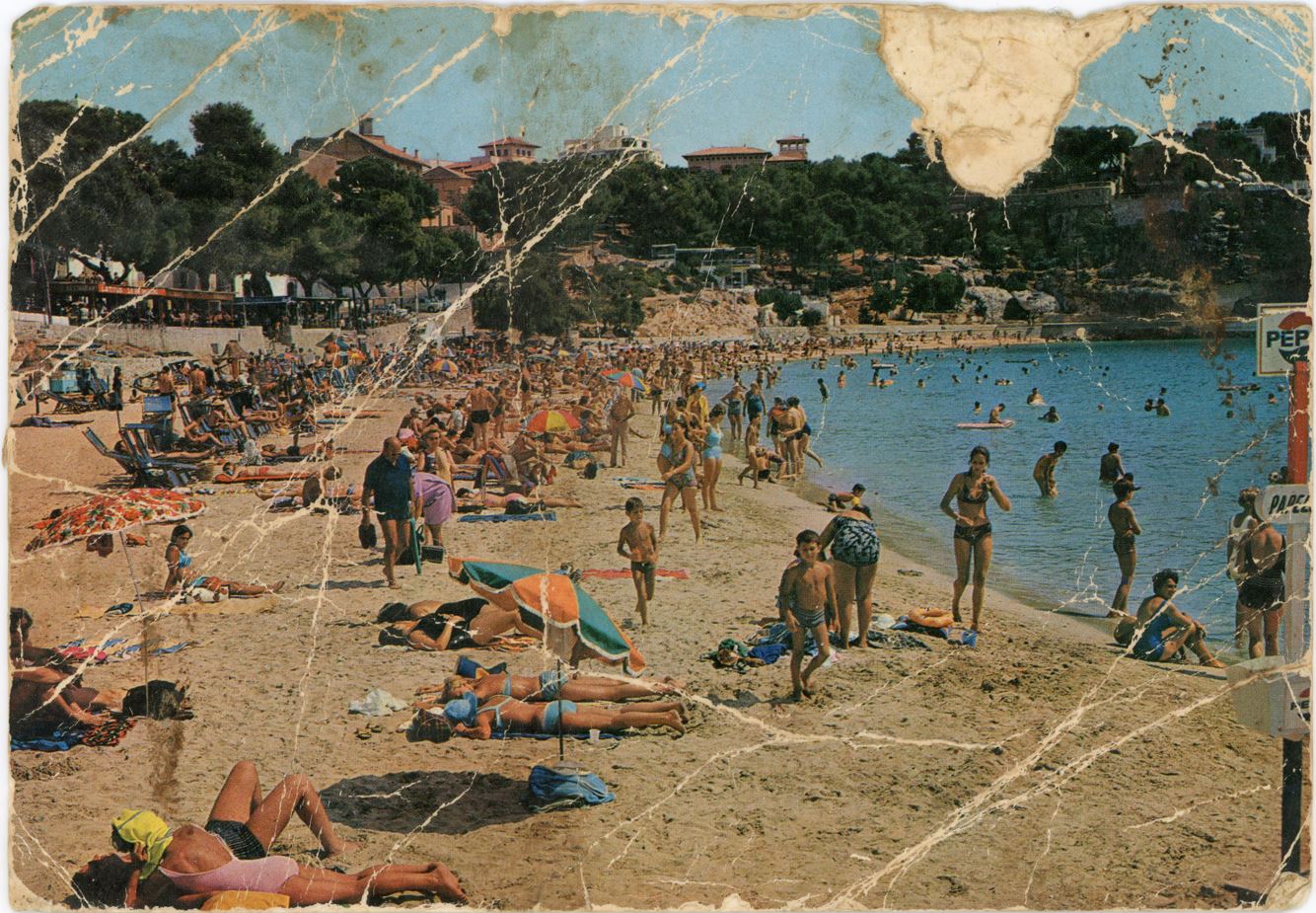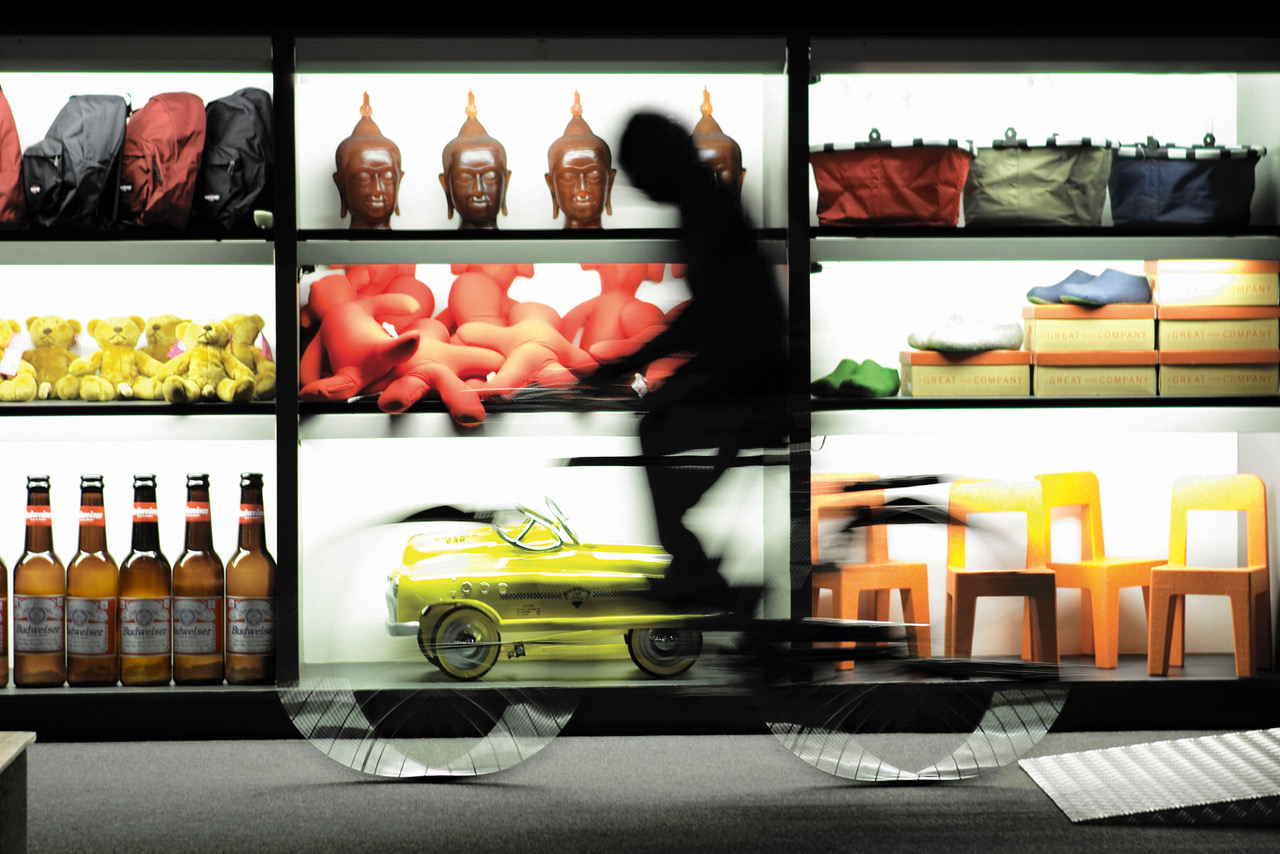Exhibitions
Miró and Matisse: beyond images
At the Joan Miró Foundation, a visual dialogue between two essential figures of 20th century art.
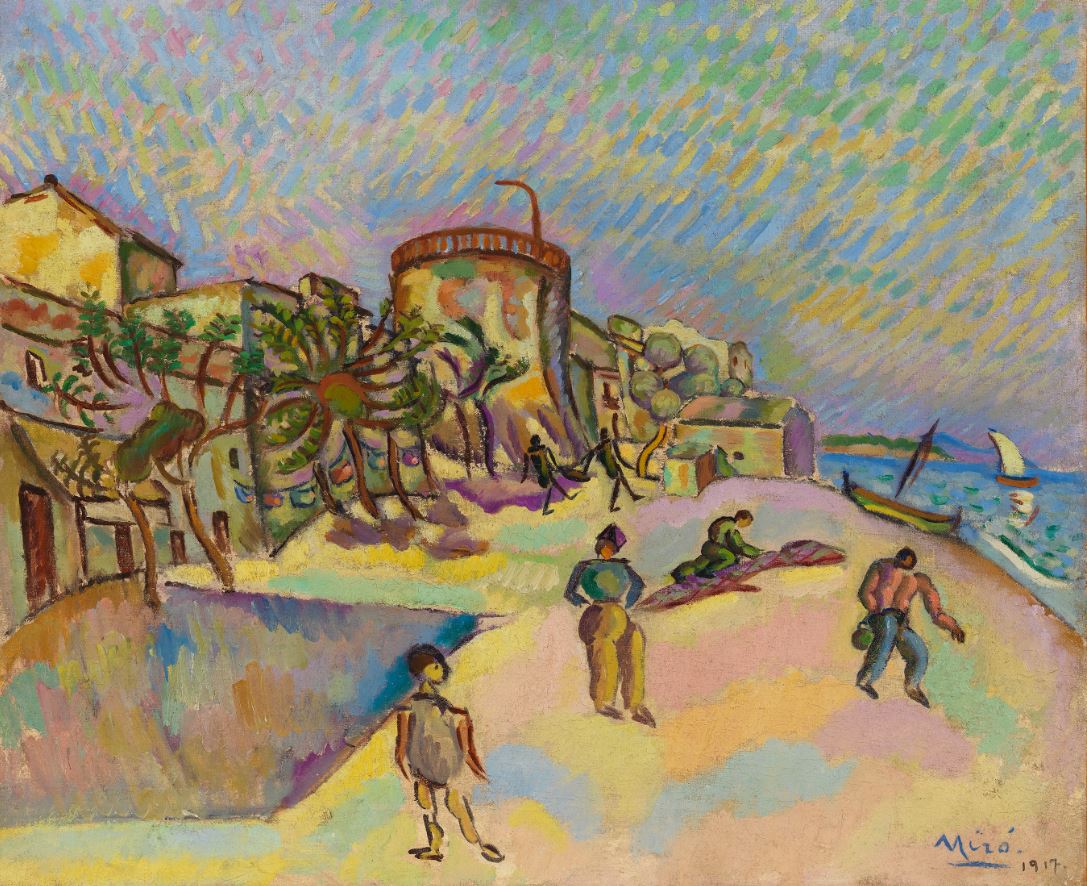
Miró, with his almost archaic language of signs and colors, connected with a primitive dimension of painting. Matisse, on the other hand, managed to convey an explosive harmony full of life, color and light. Despite their differences, both artists shared a concern: how can one go beyond the image? How can we transcend what the eye sees to express the essential and at the same time profound of the world around us?
The exhibition 'MiróMatisse. Beyond images', curated by Rémi Labrusse and organized by the Joan Miró Foundation and the Musée Matisse in Nice, explores this relationship between the two artists and is the result of four years of collaboration between the two institutions, which have managed to bring such a significant set of works by Matisse to Barcelona for the first time. The exhibition, open to the public from Friday until February, goes beyond simple brushstrokes and shapes, revealing the relationship and mutual admiration between the two artists, as well as the shared desire to go beyond the limits of painting and, as the title itself indicates, go beyond images.
Despite belonging to different generations—Henri Matisse, born in 1869, and Joan Miró, in 1893—, the exhibition highlights how their trajectories were intertwined at decisive moments, in a continuous game of mutual influences. Miró, through his collages and dreamlike forms, evoked the poetic brutality of Fauvism originated by Matisse, who for his part, found in Miró a new energy, a freshness that would help him overcome his own creative crises.
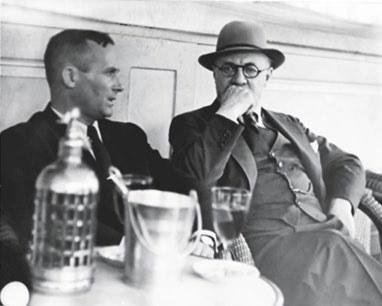 Joan Miró i Henri Matisse al cafè Les Deux Magots de París, 1936. © Pierre Matisse
Joan Miró i Henri Matisse al cafè Les Deux Magots de París, 1936. © Pierre Matisse
They shared a fascination with the critique of the Western tradition of the image. His painting did not just want to represent what we see, but to break the barrier of the surface and penetrate the depths of perception. Matisse sought a decorative harmony that transcended inner conflicts, while Miró challenged academic conventions with a language that mixed dreams and symbols.
It is this juxtaposition of works that articulates the exhibition. The exhibited pieces, from the MoMA in New York, the Museo Reina Sofía in Madrid or the Musée des Beaux-Arts in Belgium, among others, depict how the two artists fed back into a creative spiral. Matisse, with his delicate lines and his masterful use of color, influenced Miró at key stages of his career, both in the formative stages of the hand of Sunyer and other artists linked to the Dalmau Gallery, and in the later years 40 and 50, when the Catalan artist was seduced by Matisse's collages and ink drawings.
But this influence was not unidirectional. Miró, with his vision of art as an exploration of the unconscious, offered Matisse a new path in times of doubt, such as the 1930s, when Matisse was going through a deep creative crisis. It was then that Matisse asked his son Pierre, who was leaving Miró for New York, to show him his works, looking for constructive criticism. Miró's response, full of respect and admiration, helped Matisse to resume his work.
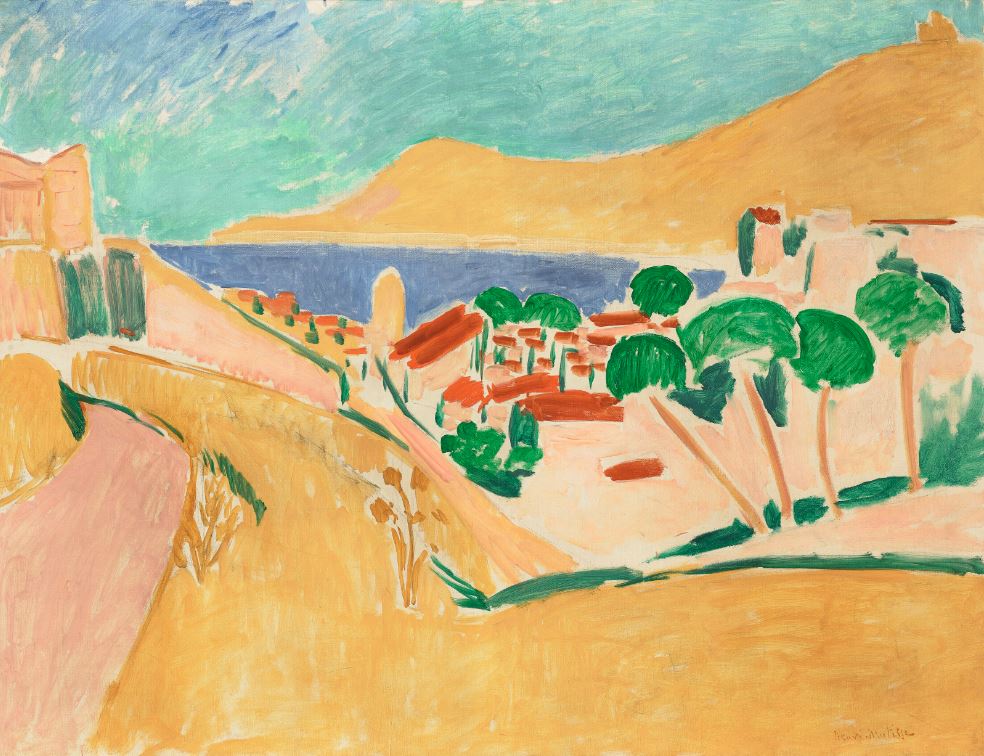
The two artists shared a special connection with the Mediterranean landscape. Matisse found in Cotliure a source of inspiration, for its light and its rural life. Miró, for his part, felt deeply connected to the land of Mont-roig del Camp, where he found a creative refuge.
What makes 'MiróMatisse. Beyond the images' is an unprecedented exhibition that, apart from being an academic exercise, also explores the personal and artistic connections between the two, shared intuitions and desires.
It is in the last room of the exhibition where the artistic dialogue, latent throughout the tour, becomes evident: 'Painting (White Glove)' by Miró, from 1925, and 'View of Notre-Dame' by Matisse, from 1914. Both share a blue background, but they are completely different blues, which almost converse with each other. This final contrast symbolizes, with visual power, the tension and complementarity between two artists who never stopped dialoguing.
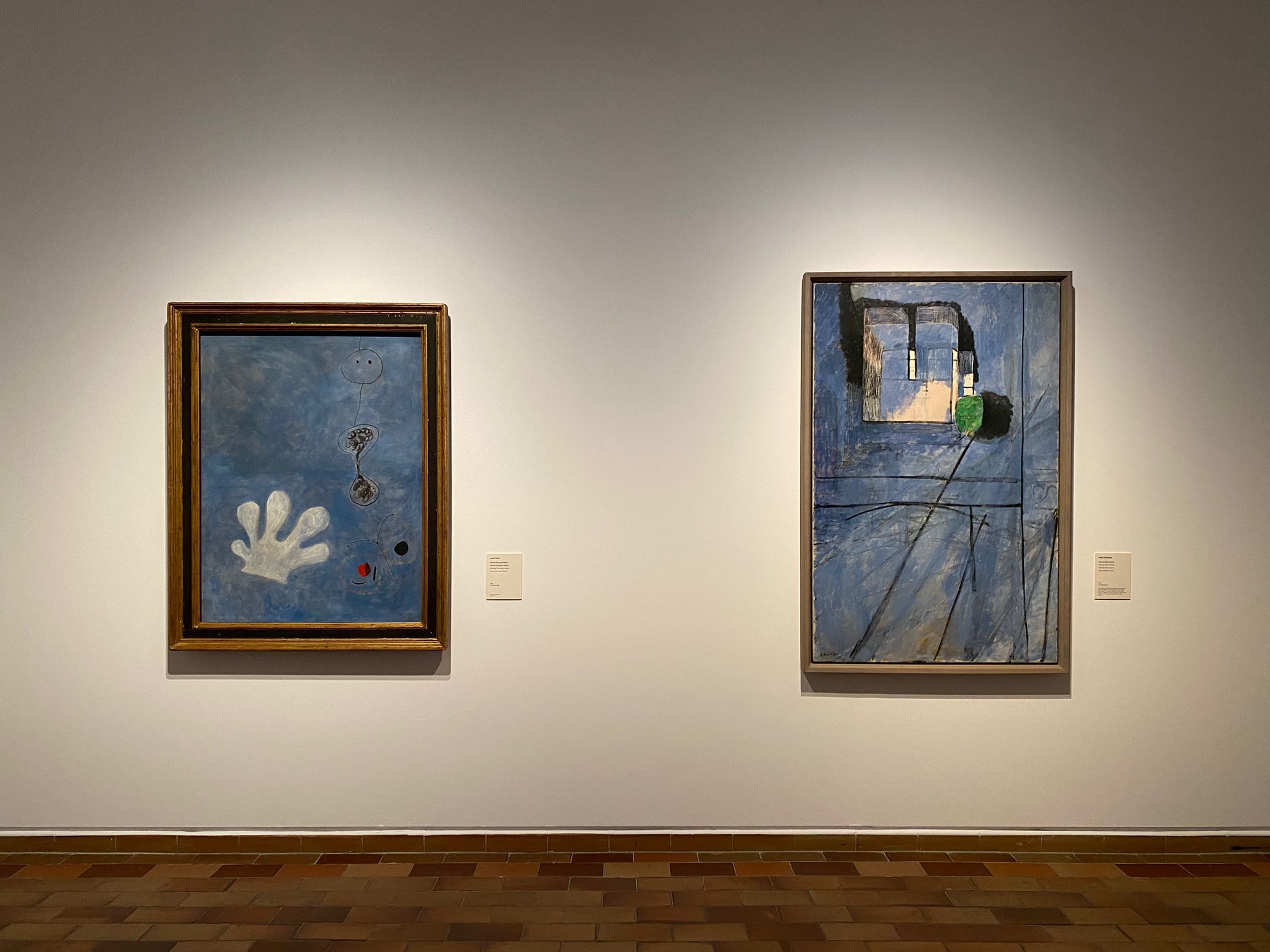 'Pintura (Guant blanc)' i 'Vista de Notre-Dame'
'Pintura (Guant blanc)' i 'Vista de Notre-Dame'





